Pointe-à-Callière, a national archeological and historical site, depicts thousands of years of history from the First Peoples’ settlements to the present. The museum is on Montréal’s founding site and has been occupied by humans for over a thousand years. It is abode to some magnificent architectural ruins that are displayed on site.
A Historically Significant Museum
Until the Museum’s opening, only geographers knew about such a point, named after Louis Hector de Callière, the 3rd governor of Montréal who settled there in 1695. The Pointe is now an extension of Montréal’s shoreline.
However, its name is more renowned than ever because of the Museum.
Structures and Buildings
Inaugurated as a museum of historical and archaeological, the Pointe-à-Callière houses the following structures that the public can visit:
- Eperon Building (Reception Pavilion) – Built on the foundations of a Royal Insurance Company building, the Éperon Building is an inspiring architectural statement.
- First Collector Sewer – Rebuilt in 2017, this place reopened to the public on the 375th anniversary of Montreal.
- Fort Ville-Marie (Québecor Pavilion) – Founded by Jeanne Mance and Paul Chomedey de Maisonneuve after Pointe-à-Callière purchased a 19th-century property close to the Museum’s main building.
- Marketplace – The archaeological crypt in the Museum highlights the work of merchants and masons through the years.
- Old Custom House (Fondation J. Armand Bombardier Pavilion) – The customs house is a reminder of British occupation in Montréal.
- Mariners’ House (National Bank Pavilion) – Mariners’ House offers large spaces for exhibition, a gift shop, Foundation, a salon, and Archaeo-Adventure.
- Youville Pumping Station – The place is Montréal’s first wastewater pumping station that’s powered by electricity.

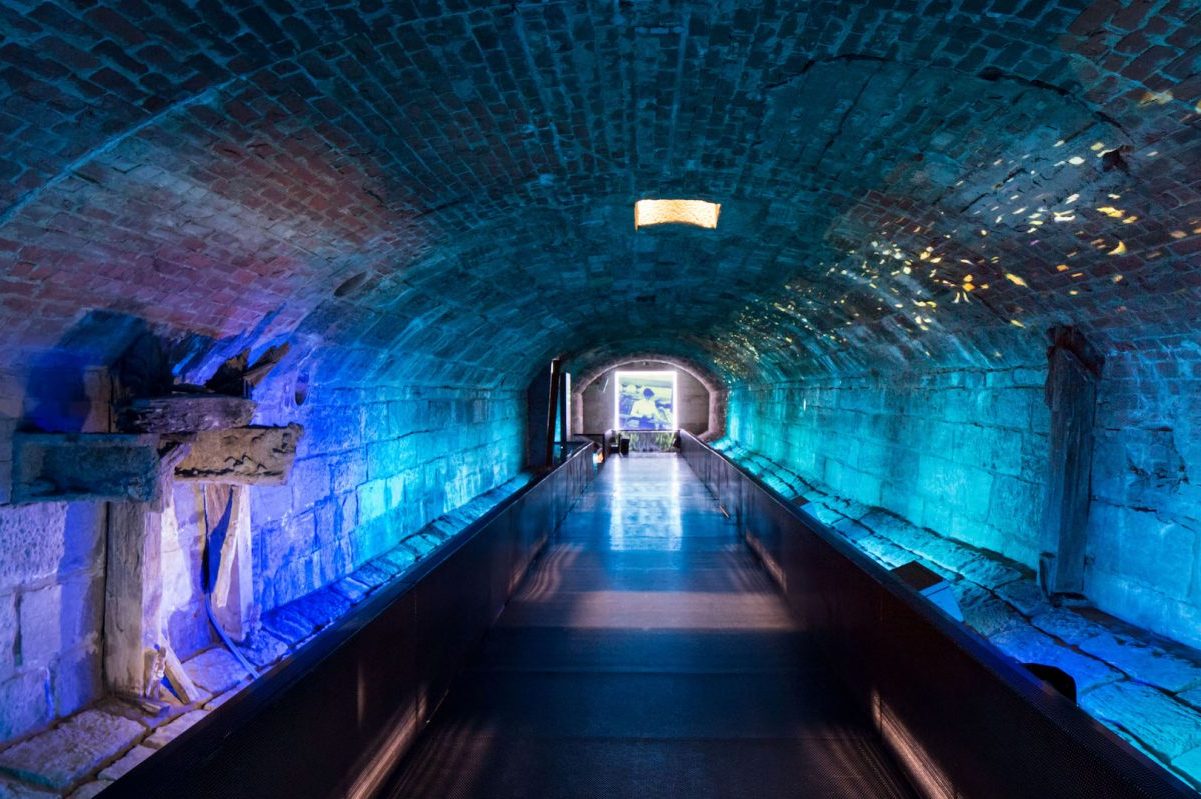
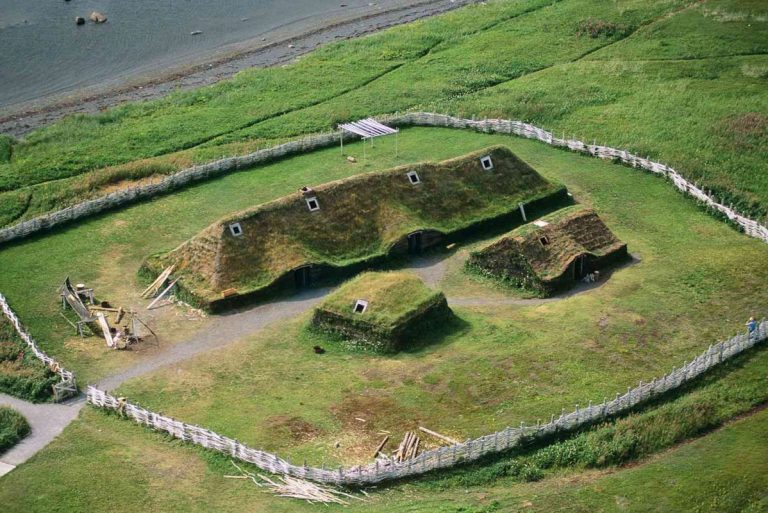
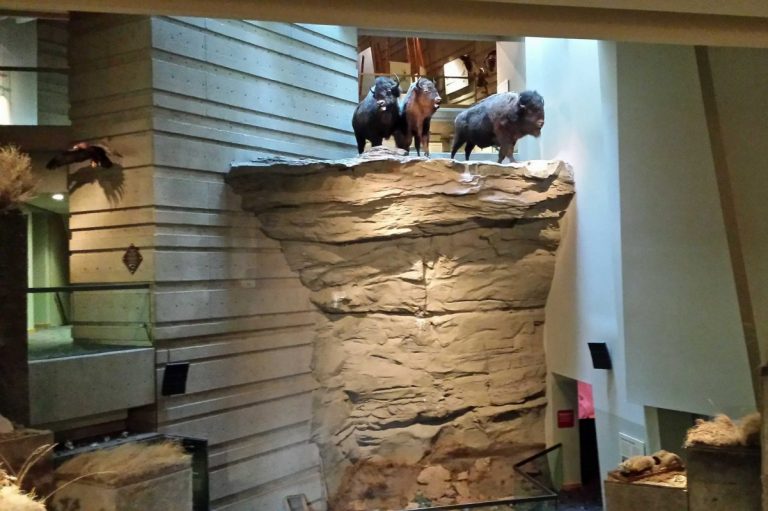
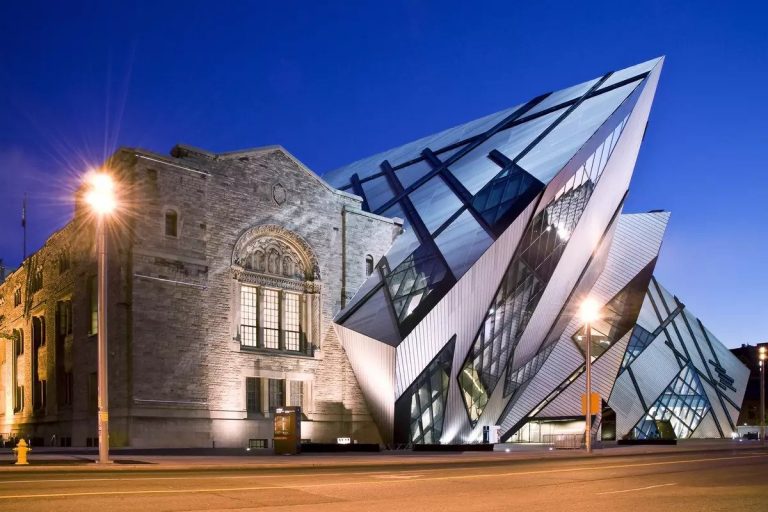

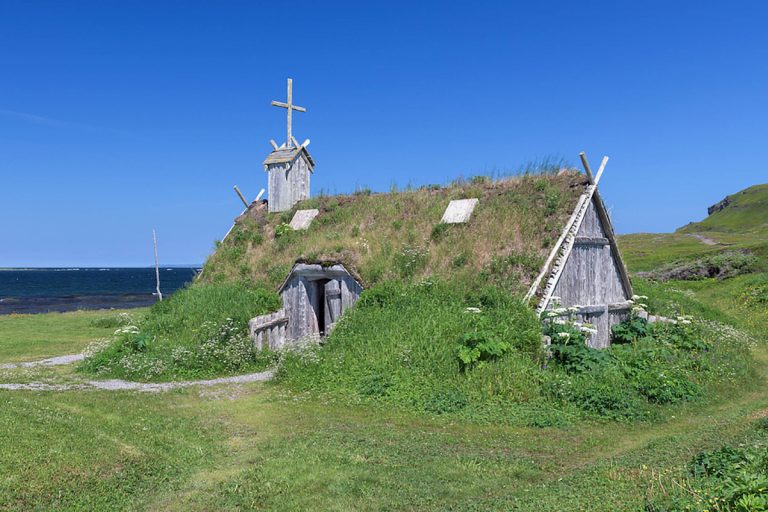
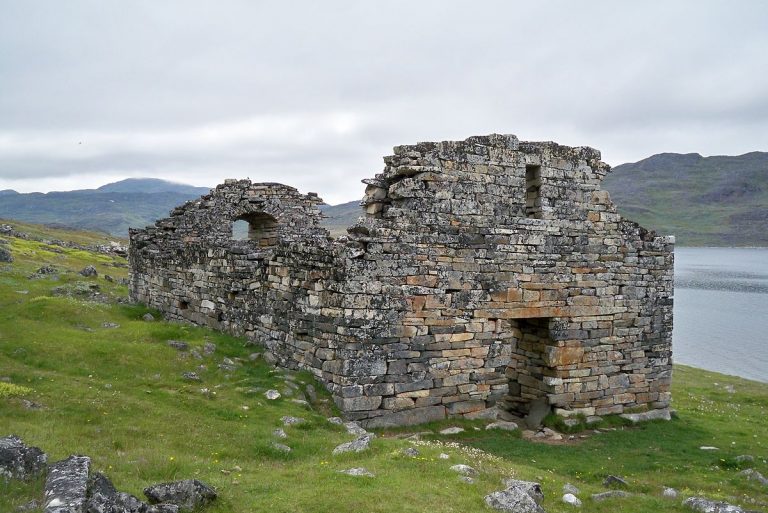
+ There are no comments
Add yours